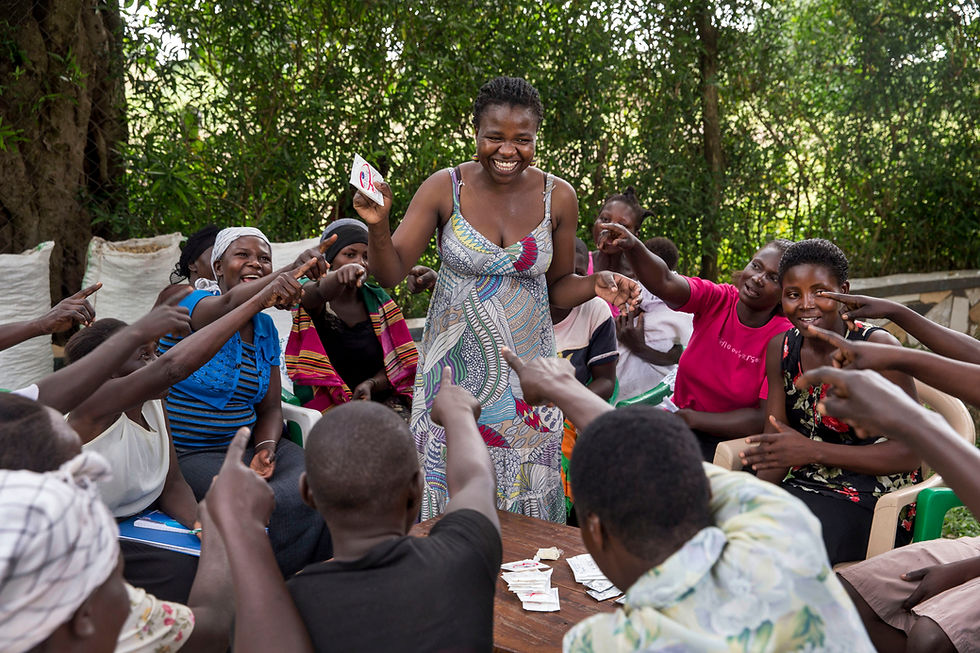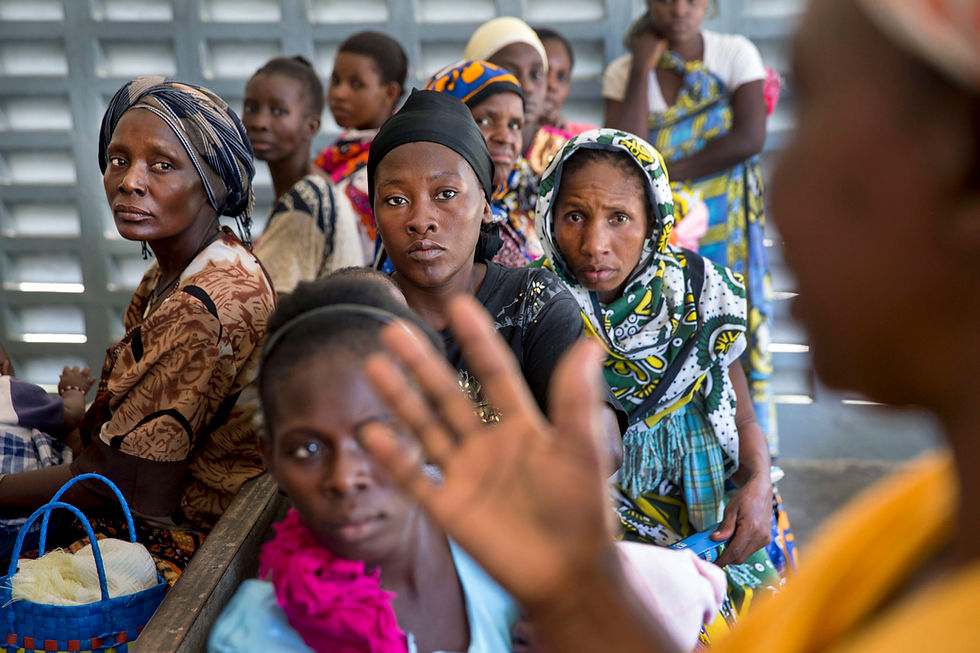How can we better promote use of SRH products by African adolescent girls and young women?
- Ivy Kayesu

- Jul 5, 2023
- 3 min read
This is a subject that elicits both positive and negative responses across Africa.
Rather than shielding adolescent girls and young women from contraception knowledge out of fear of sexual immorality, we should encourage them to utilize these products.

Growing up in Uganda, it was not uncommon to encounter people who objected to young unmarried women utilizing SRH products, like contraception, on moral grounds – sentiments that still exist today. These products are frequently viewed as anti-life or a form of abortion from a cultural and religious standpoint. Many people also share concerns that their introduction for use among adolescent girls will encourage sexual immorality and weaken the ethical and moral structures that have traditionally prevailed.
There are many myths and misconceptions about the use of contraception and HIV prevention products, such as the belief that people who use Pre-Exposure HIV Prophylaxis (PrEP) are sexually promiscuous and that it will harm one's health. According to research in countries including Kenya, South Africa, Zimbabwe, Tanzania, and Uganda, health care providers (HCPs) and policymakers (PMs) are concerned about providing services, such as oral PrEP, to adolescent girls and young women (AGYW) under the age of 18 due to factors such as implications of parental consent and personal biases against young girls using contraception underpinned by conservative beliefs.
Traditional behaviors practiced and preserved in numerous African societies include chastity, virginity tests, and early marriages for girls, with abstention from sexual activity until marriage viewed as acceptable moral behavior when it comes to religion. Because of these ideas, sex education in schools aims to retain these values and frequently excludes information on accessible SRH products such as contraception, PrEP, and Post-Exposure HIV prophylaxis (PEP). However, according to studies, the age of sexual debut for up to a quarter of AGYW in various African regions was before the age of 16. AGYW aged 15-24 years in Africa, particularly sub-Saharan Africa, have high rates of HIV infection, unprotected sex at an early age, unintended pregnancy, and unsafe abortions. Young individuals continue to participate in sex despite being informed about the alleged benefits of abstinence. Rather than shielding AGYW from contraception knowledge out of fear of sexual immorality, we should encourage them to utilize these products. Here are some possible approaches:
Improve SRH education in schools. Adolescents in schools should be given information about where and how they can access the full range of contraceptives and HIV prevention methods, including condoms, PrEP, and PEP. They should also be taught about how to effectively use male condoms and female condoms and learn that lubricants can make condom use easier for some people. Schools are a trusted source of information and can help to dispel existing myths and misconceptions concerning SRH products leading to their normalization and acceptance.
Utilize social media to deliver SRH information and education. Social media platforms such as Facebook and Twitter have proven to be great tools for quickly disseminating messages. According to a recent report, Facebook alone has 139 million monthly users in Africa, many of whom are linked through their mobile phones. Social media is a low-cost, quick, and effective way to make SRH information, education, and research available to people, especially AGYW, who face numerous obstacles when attempting to receive these services.
Lastly, and most importantly, we must alter our perception of SRH products. Because of cultural and religious norms, we tend to believe that young people who use PrEP, condoms, and other contraceptives are not of good moral standing. This perpetuates the stigma associated with the use of such products This is a double-edged sword as use of both the products that prevent HIV and pregnancy are looked down upon when used by young people in a culture that controversially stigmatizes unintended pregnancies and people living with HIV. SRH products, like contraceptives and HIV prevention tools, have positive health and socioeconomic impacts for both individuals and health systems. Focusing on such positive and factual attributes will help to combat stigma in communities. This will in turn increase the uptake of these products among people who require them.
To protect the health and well-being of women and girls, education systems should strengthen sex education in schools by including information about SRH products. Given the positive effects of SRH products on our health systems, young people who use SRH products should be more readily accepted by HCPs and all other stakeholders involved in the provision of health services. Personal biases of policy makers, educators, and HCPs must also not create an access barrier to providing SRH services. This will boost the acceptability of SRH products among young people, particularly AGYW, who are disproportionately affected by HIV and unintended pregnancies – ultimately improving access and uptake to help combat the HIV epidemic and reduce the number of unintended pregnancies among this population.



Comentarios